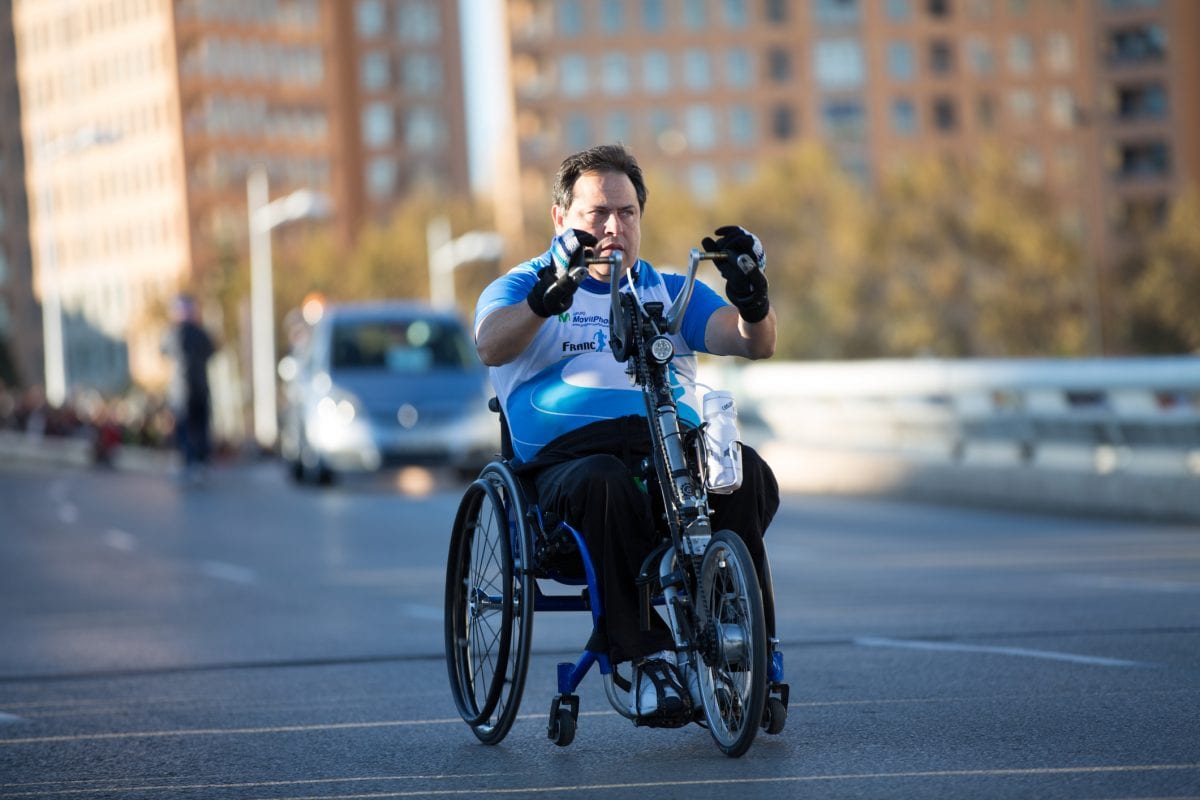You consider your health one of the most important things in your life. You always make sure that you have time to work out and eat the right kind of foods no matter how hectic your schedule is. This has been your routine for years, and you’re happy that you’ve been living healthily. However, because of an accident, you were disabled and can no longer move swiftly like you used to do. And this became the reason why you fear you can never live a healthy lifestyle again – but you’re wrong. Once you know how to overcome exercising with disabilities, you can still get back on track, figuratively and literally.
To paint a clearer picture in your mind, consider the tips below:
- Ask for your doctor’s approval: This is one tip which most people neglect to do. When you’re disabled, everything you do should be approved by your doctor. If he says no to the idea of you working out, follow their orders. They’re only giving professional medical advice which can be beneficial for your condition. If you do get their approval, ask for physical activities which you can do with your disability.
- Get a physical trainer: No, getting a personal trainer shouldn’t be considered as a want but a need especially when you’re disabled. When you have a personal trainer working for you, you can ensure that a professional is looking out for your health without compromising your safety in the process. They can provide a list of routines which are apt for exercising with disabilities. They can also give healthy meal options to go along with a personalized exercise plan designed just for you!
- Start slow: If you’ve been a gym buff before the disability happened, you can’t expect to immediately get back on your same routines after you were discharged from the hospital. Doing this might be tempting, but this will only worsen your disability which can delay your recovery. If you want to exercise when you’re disabled, make sure you start slow. Do activities which won’t worsen your disability and never jump to rigorous routines immediately. If you don’t feel any kind of pain while exercising, gradually increase your pace and intensity of the workout.
- Listen to your body: You were able to find a physical activity or two for your disability but once you do all of these, do you feel any kind of pain? If you do, stop what you’re doing immediately. Regardless of how tolerable the pain can be, if there’s discomfort with the routines, never think about going any further. These are telltale signs that your body is telling you something isn’t right. Never push yourself to the limits as this can only bring more harm than good when exercising with disabilities.
- Look for disabled sports teams in your area: Who says you can never play sports when you’re disabled? You still can, and you can actually do it with people who you can easily relate to! Take the time to search your area if they have a disabled sports team and sign up for one. You’ll not only have a great avenue to exercise, but you can also meet new friends as well – and that’s a pretty sweet deal, right?
- Consider water aerobics: If you’re suffering from spinal or nerve problems, you should consider water aerobics. The buoyancy of the water will help you with your balance, making it easy for you to exercise. Also, what’s good about this kind of aerobics is that a professional will also be looking after your movements and your progress.
- Do yoga: Everybody has been doing yoga because it gives them several health benefits, and you should too. There are many yoga poses out there and for sure, there’s a handful which you can do even with a disability. Can’t workout because you’re in a wheelchair? No worries because there are plenty of “chair yoga” poses which you can do in the comforts of your own home. The internet is also a goldmine of yoga tutorial videos.
In Conclusion
Living with a disability can be one of the most challenging times a person can experience – they need to have drastic adjustments in their lives just to function and live. For some, they can’t even continue to do the things they love because their disability limits their movements. While all of these can be true, living with a disability doesn’t signify that it’s the end of the world for you. You can still do a lot of things, and one of these is to continue living healthily. Remember the things presented in this article, gradually apply all of these in your life and in no time, you’ll be able to overcome exercising even if you have a disability!
Carol Gibbins
Carol Gibbins believes in the power of writing to be able to touch the hearts and minds of readers, and this is exactly what motivates her to pursue a career as a blogger and contributor for sites such as Disability Friendly. Her penchant to write pieces with a unique and creative flair has allowed her to both entertain and inform her readers on various issues and topics related to healthcare and medicine.








